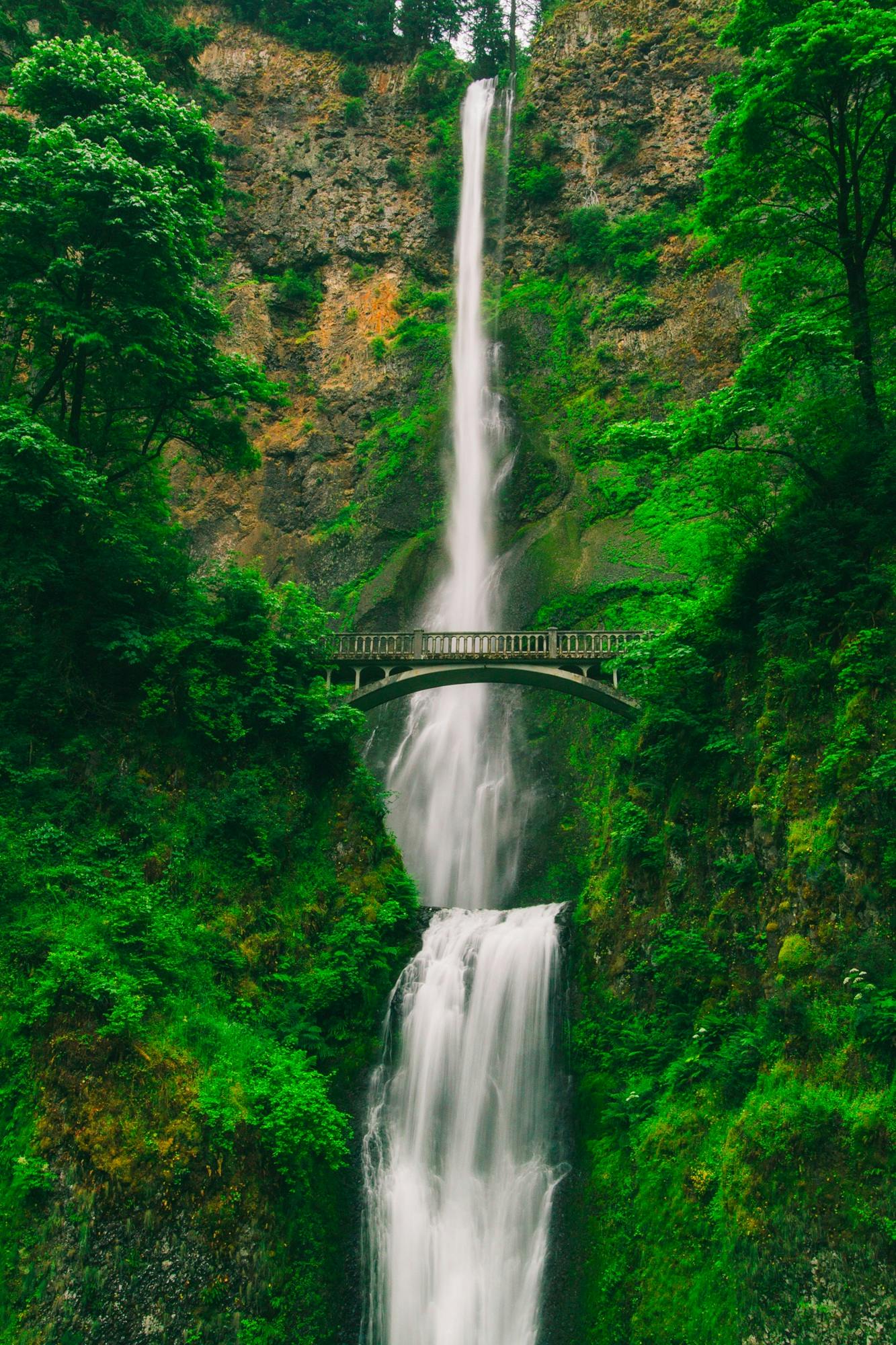Pulse of Information
Stay updated with the latest news and insights.
When Nature Becomes Your Muse: Capturing the Wild Side
Unleash your creativity! Discover how nature inspires artistry and adventure in When Nature Becomes Your Muse. Dive into the wild side today!
Exploring the Connection: How Nature Inspires Artistic Expression
The relationship between nature and artistic expression is profound and multifaceted. Artists have long drawn inspiration from the beauty and complexity of the natural world, finding in it a wellspring of creativity. Whether through vibrant landscapes, intricate floral arrangements, or the delicate patterns found in wildlife, nature offers an endless array of subjects. Many renowned artists, such as Claude Monet and Vincent van Gogh, dedicated significant portions of their work to capturing the essence of nature, illustrating its ability to evoke emotions and inspire innovation.
Furthermore, the influence of nature extends beyond visual arts; it permeates poetry, music, and other forms of creative expression. The sounds of rustling leaves or the rhythmic crashing of waves can inspire lyrical compositions, while the peacefulness of serene landscapes often provides a backdrop for introspective verses. As artists immerse themselves in natural surroundings, they cultivate a deeper connection with the environment, leading to a resurgence of themes centered on sustainability and appreciation for our planet. This intrinsic link between nature and art serves as a reminder of the beauty that surrounds us and the profound impact it can have on the creative process.

Wildlife Photogrpahy Tips: Capturing Nature's Untamed Beauty
Wildlife photography offers a unique window into nature's untamed beauty, but capturing it can be challenging. To get started, prepare yourself by understanding animal behavior and patterns. Researching the habitat of your subjects, whether they're birds in the sky or mammals in the forest, can significantly increase your chances of getting the perfect shot. Don’t forget to invest in a good camera with a telephoto lens, which will allow you to photograph elusive creatures from a distance without disturbing them.
Once you're in the field, patience and stealth are key. Stay quiet and minimize movement to avoid startling wildlife. Use the golden hour—the time just after sunrise and before sunset—when natural light softens, resulting in stunning images. Utilize various settings on your camera, such as high shutter speed for fast-moving animals and wide apertures to create beautiful bokeh that emphasizes your subject. Remember, every click of the shutter is an opportunity to tell a story about the untamed beauty of nature.
What Can You Learn from Nature's Patterns and Colors?
Nature's patterns and colors offer a wealth of inspiration and knowledge, revealing underlying principles that govern the world around us. From the intricate designs of leaves to the vibrant hues of a sunset, these elements teach us about balance and symmetry. For instance, fractal patterns found in snowflakes and coastlines demonstrate how complex structures can emerge from simple rules. By studying these patterns, we can gain insights into everything from ecology to architecture, encouraging us to adopt sustainable practices that reflect nature's wisdom.
Moreover, the colors of nature, ranging from the deep greens of forests to the blooming colors of wildflowers, play a significant role in our emotional and psychological well-being. Various studies suggest that exposure to natural colors can improve mental health by reducing stress and promoting creativity. For instance, spending time in a colorful garden or a vibrant landscape can inspire artistic endeavors and foster a deeper connection with the environment. Embracing these natural palettes can lead to a more harmonious lifestyle, encouraging us to incorporate the serenity and vibrancy of nature into our daily lives.